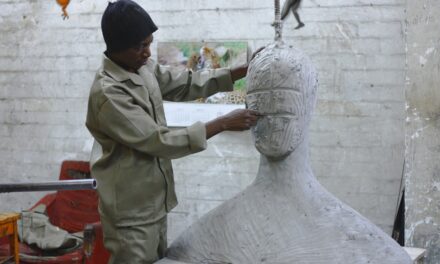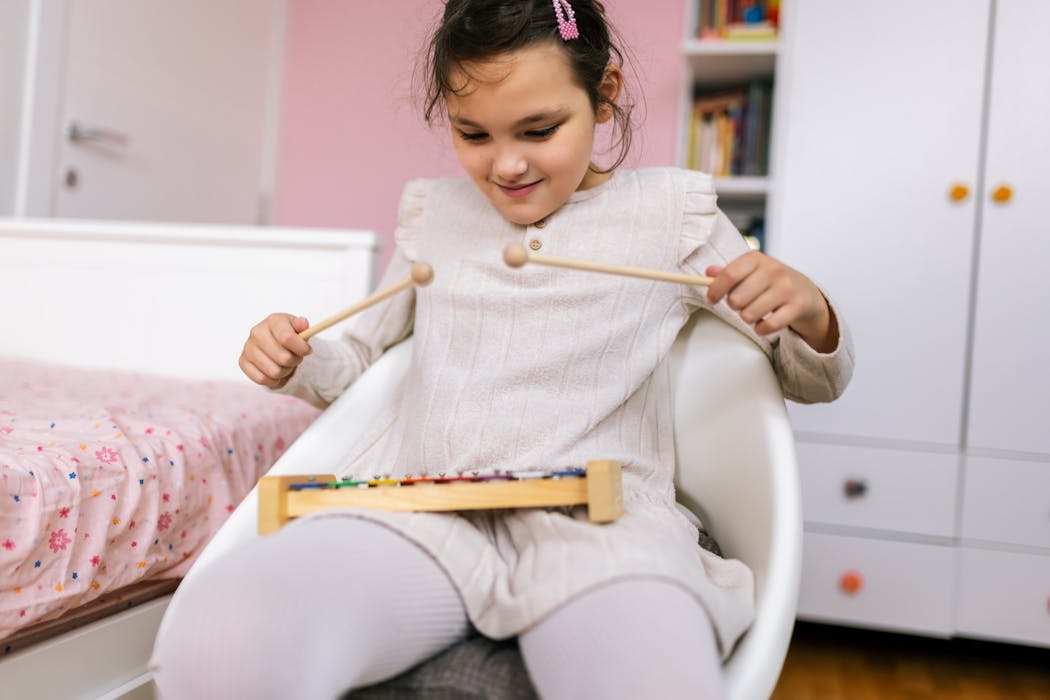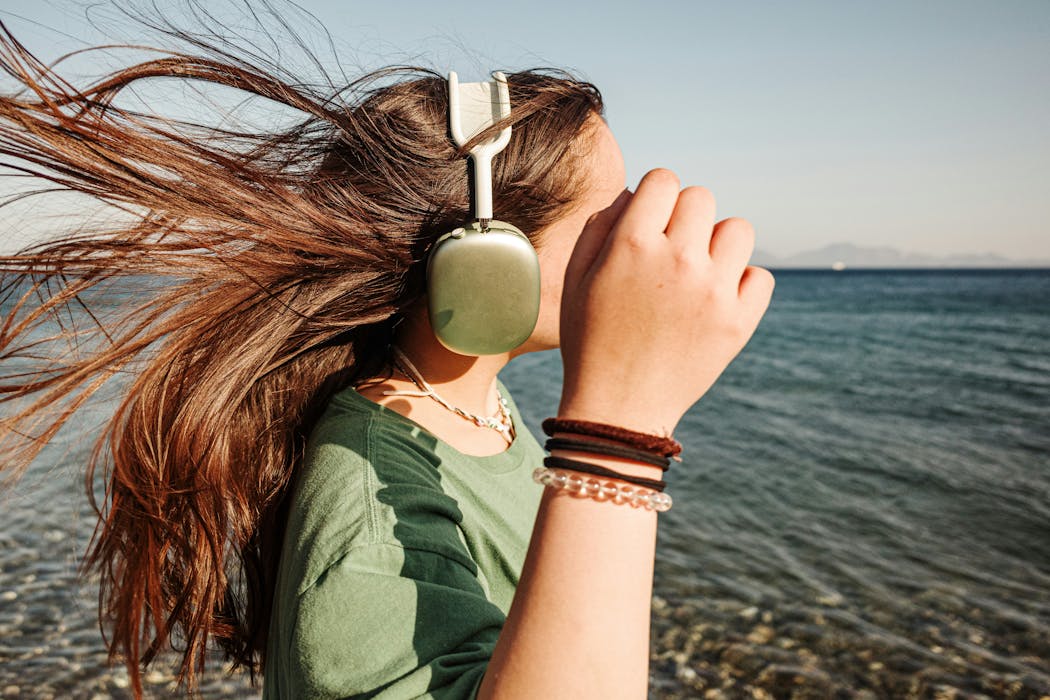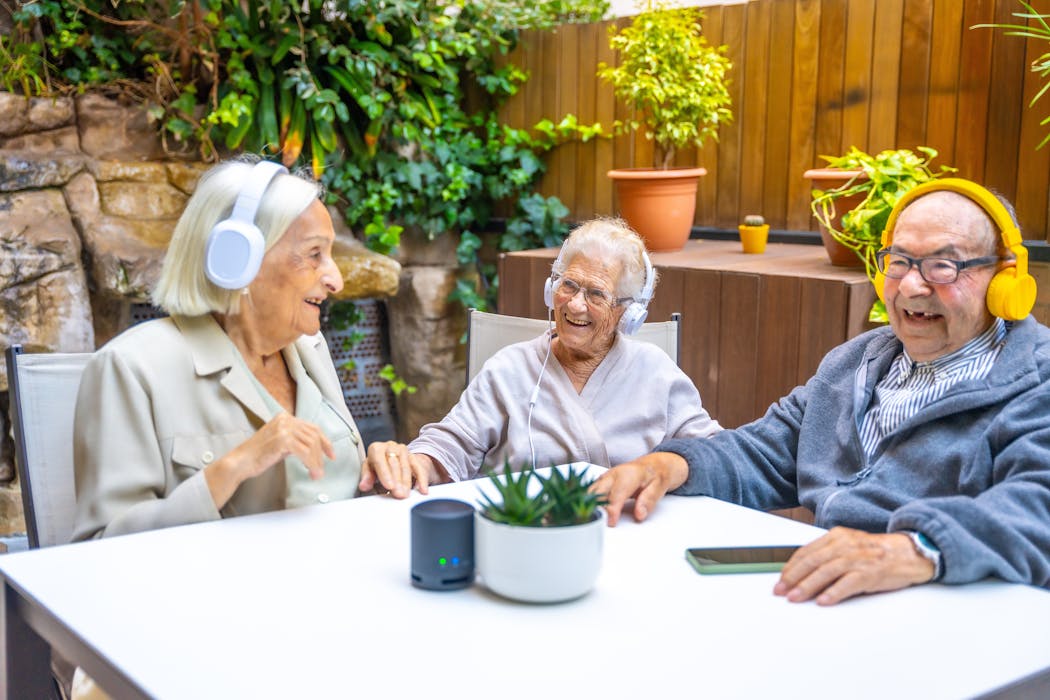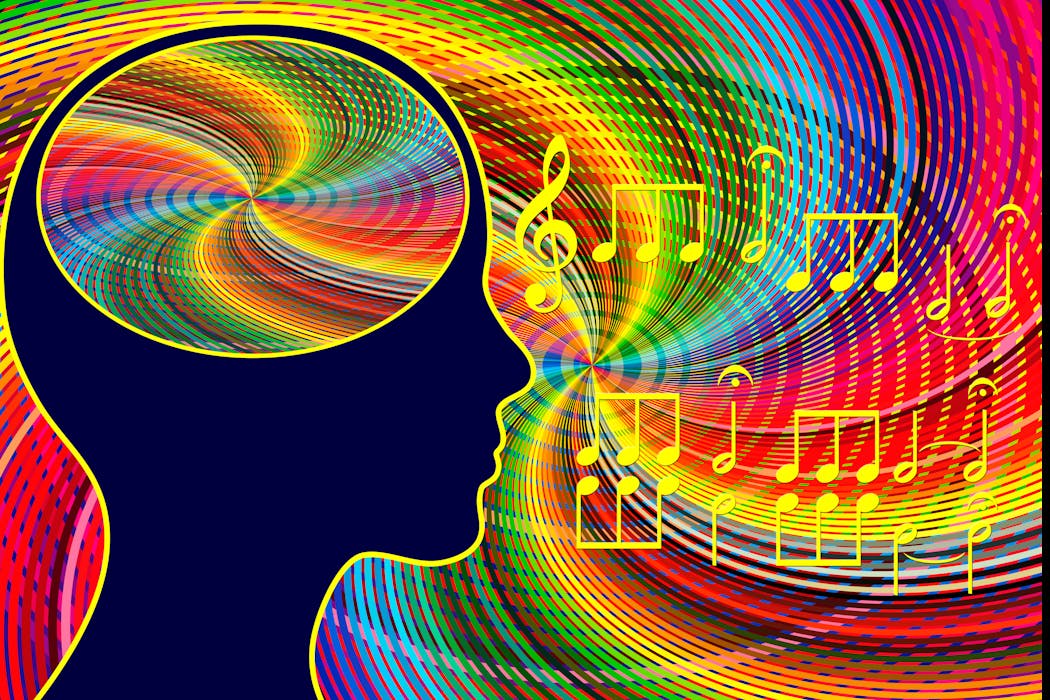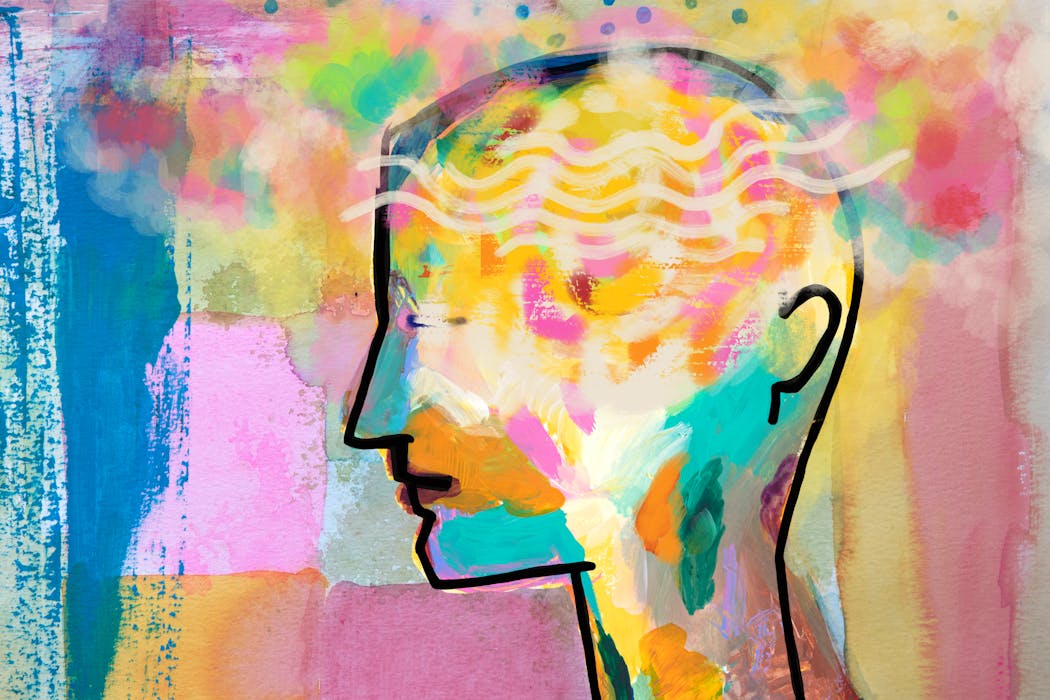Art therapy has been proven to be a powerful tool for adolescents in addressing a wide range of emotional and psychological challenges. Through the use of various art forms, such as painting, drawing, and sculpting, adolescents are able to express themselves in ways that may be difficult to articulate through traditional talk therapy. Art therapy provides a safe and non-judgmental space for adolescents to explore their thoughts and feelings, allowing them to gain insight into their emotions and experiences. This form of therapy can be particularly beneficial for adolescents who may struggle with verbal communication or have difficulty expressing themselves in words. By engaging in the creative process, adolescents are able to tap into their inner thoughts and emotions, leading to a greater sense of self-awareness and understanding.
Art therapy also provides adolescents with a sense of control and empowerment, as they are able to make choices and decisions about their artistic creations. This can be especially important for adolescents who may feel a lack of control in other areas of their lives. Through the process of creating art, adolescents are able to develop a sense of agency and autonomy, which can be incredibly empowering. Additionally, art therapy can help adolescents develop coping skills and strategies for managing stress and emotional challenges. By engaging in the creative process, adolescents are able to learn how to regulate their emotions and find healthy outlets for self-expression.
Building Self-Expression and Communication Skills Through Art
Art therapy provides adolescents with a unique opportunity to build self-expression and communication skills through the use of visual art forms. For many adolescents, verbal communication can be challenging, and they may struggle to express themselves effectively through words alone. Through art therapy, adolescents are able to communicate their thoughts and feelings in a non-verbal manner, allowing them to express themselves in ways that may feel more natural and authentic. This can be particularly beneficial for adolescents who may have experienced trauma or have difficulty processing their emotions.
In addition to building self-expression skills, art therapy also helps adolescents develop their communication skills. By engaging in the creative process, adolescents are able to practice expressing themselves in a variety of ways, whether it be through color, shape, or texture. This can help adolescents become more adept at communicating their thoughts and feelings, both in the therapy setting and in their everyday lives. As they become more comfortable with expressing themselves through art, adolescents may also become more confident in using verbal communication to express themselves as well.
Overcoming Emotional Challenges with Art Therapy
Adolescence can be a challenging time emotionally, as adolescents navigate the complexities of identity development, peer relationships, and academic pressures. Art therapy provides a valuable outlet for adolescents to address these emotional challenges in a safe and supportive environment. Through the use of art forms such as painting, drawing, and collage, adolescents are able to explore their emotions and experiences in a tangible and concrete way. This can be particularly beneficial for adolescents who may struggle with anxiety, depression, or other mental health concerns.
Art therapy also provides adolescents with a sense of validation and understanding, as they are able to visually represent their emotions and experiences through their artistic creations. This can help adolescents feel heard and seen, which can be incredibly validating for those who may feel misunderstood or marginalized. Additionally, art therapy can help adolescents develop coping skills for managing their emotional challenges. By engaging in the creative process, adolescents are able to learn how to regulate their emotions and find healthy outlets for self-expression.
Fostering Self-Discovery and Identity through Art
Adolescence is a time of significant self-discovery and identity development, as adolescents navigate the process of forming their own sense of self and understanding their place in the world. Art therapy provides a valuable tool for fostering self-discovery and identity exploration in adolescents. Through the use of visual art forms, adolescents are able to explore their thoughts, feelings, and experiences in a tangible and concrete way. This can help adolescents gain insight into their own identities and develop a greater sense of self-awareness.
Art therapy also provides adolescents with a safe space to explore their identities without fear of judgment or criticism. This can be particularly important for adolescents who may feel pressure to conform to societal expectations or who may struggle with issues related to gender identity or sexual orientation. Through the process of creating art, adolescents are able to express themselves authentically and explore different aspects of their identities in a supportive environment. This can help adolescents develop a greater sense of self-acceptance and self-compassion as they navigate the complexities of identity development.
Art Therapy as a Tool for Stress Reduction and Relaxation
Adolescence can be a time of significant stress and pressure, as adolescents navigate academic demands, peer relationships, and family dynamics. Art therapy provides a valuable tool for stress reduction and relaxation, allowing adolescents to engage in the creative process as a means of finding calm and peace. Through the use of visual art forms such as painting, drawing, and sculpture, adolescents are able to engage in a meditative and soothing activity that can help them manage their stress levels.
Art therapy also provides adolescents with an opportunity to practice mindfulness and presence, as they focus on the present moment while engaging in the creative process. This can help adolescents develop greater awareness of their thoughts and feelings, allowing them to find healthy ways of managing stress and anxiety. Additionally, art therapy can provide adolescents with a sense of accomplishment and pride as they create artistic works that reflect their unique perspectives and experiences. This can be incredibly validating for adolescents who may struggle with feelings of inadequacy or self-doubt.
Empowering Adolescents to Process Trauma and Grief through Art
Adolescents who have experienced trauma or grief can benefit greatly from art therapy as a means of processing their emotions and experiences. Through the use of visual art forms, such as drawing, painting, and collage, adolescents are able to explore their feelings in a tangible and concrete way. This can be particularly beneficial for adolescents who may struggle to verbalize their emotions or who may feel overwhelmed by their experiences.
Art therapy provides a safe space for adolescents to express their emotions without fear of judgment or criticism. This can be incredibly validating for adolescents who may feel isolated or misunderstood in the aftermath of trauma or loss. Through the process of creating art, adolescents are able to externalize their emotions and experiences, allowing them to gain insight into their own healing process. Additionally, art therapy can help adolescents develop coping skills for managing their trauma or grief, providing them with healthy outlets for self-expression and emotional regulation.
The Role of Art Therapy in Building Self-Esteem and Confidence in Adolescents
Art therapy plays a crucial role in building self-esteem and confidence in adolescents by providing them with opportunities for creative expression and validation. Through the use of visual art forms such as painting, drawing, and sculpture, adolescents are able to create works that reflect their unique perspectives and experiences. This can be incredibly validating for adolescents who may struggle with feelings of inadequacy or self-doubt.
Art therapy also provides adolescents with opportunities for mastery and accomplishment as they engage in the creative process. By creating art that reflects their thoughts and feelings, adolescents are able to develop a sense of pride in their abilities and accomplishments. This can help build self-esteem and confidence as adolescents gain recognition for their artistic talents. Additionally, art therapy provides opportunities for positive feedback and validation from therapists and peers, which can further bolster adolescents’ sense of self-worth and confidence.
In conclusion, art therapy is a powerful tool for addressing a wide range of emotional and psychological challenges faced by adolescents. Through the use of visual art forms such as painting, drawing, and sculpture, adolescents are able to express themselves in ways that may be difficult to articulate through traditional talk therapy. Art therapy provides a safe space for adolescents to explore their thoughts and feelings, allowing them to gain insight into their emotions and experiences while developing coping skills for managing stress and emotional challenges. Additionally, art therapy fosters self-discovery and identity exploration in adolescents by providing them with opportunities for creative expression without fear of judgment or criticism. It also plays a crucial role in building self-esteem and confidence by providing opportunities for mastery and accomplishment as well as positive feedback from therapists and peers. Overall, art therapy is an invaluable resource for empowering adolescents to navigate the complexities of adolescence while developing greater self-awareness, resilience, and emotional well-being.
Find out how Torongo Therapyplus can help you with your needs. Get in touch with us at smile@torongo.life, or call us on 02 8809 9965.



